Why Your Catering Menu Is Turning Guests Away
A successful event hinges on many factors, but the food often steals the spotlight. Whether it’s a wedding, corporate event, or a casual gathering, the catering menu can make or break the experience. Unfortunately, even well-intentioned hosts and event planners can make critical mistakes that turn guests away. In this article, we’ll explore why your catering menu might be disappointing your guests and offer practical tips to ensure your next event is a hit.
Understanding Your Audience
One of the most common mistakes in catering is not understanding your audience. Different events attract different types of guests, each with unique preferences and dietary needs.
Know Your Guests
- Demographics: Consider the age, cultural background, and dietary habits of your guests. A menu that works for a corporate event might not suit a wedding or a family reunion.
- Preferences and Restrictions: Always ask about dietary restrictions and preferences in advance. This includes allergies, vegetarian or vegan preferences, and religious dietary laws.
How to Address This
- Surveys and RSVPs: Send out surveys or detailed RSVP forms to gather information about your guests’ preferences and restrictions.
- Diverse Menu: Offer a variety of options to cater to different tastes and needs, ensuring everyone can find something they enjoy.
Lack of Variety
Another major issue is a lack of variety on the menu. Serving only a few options can leave guests feeling unsatisfied, especially if they have specific dietary needs.
The Importance of Variety
- Appealing to Different Tastes: Not everyone enjoys the same types of food. A menu with a mix of flavors, textures, and cuisines can please a wider audience.
- Dietary Considerations: Including options for different dietary needs ensures no one feels left out or hungry.
How to Add Variety
- Balanced Menu: Include a mix of appetizers, mains, sides, and desserts. Ensure there are options for meat-eaters, vegetarians, vegans, and those with food allergies.
- Global Flavors: Incorporate dishes from different cuisines to add excitement and variety to the menu.
Poor Quality and Presentation
Even if the menu is well-planned, poor quality or presentation can turn guests away. The food needs to taste good and look appetizing.
Quality Matters
- Fresh Ingredients: Use fresh, high-quality ingredients to ensure the best taste and texture.
- Experienced Chefs: Hire experienced chefs who can prepare and present food to a high standard.
Presentation Counts
- Visual Appeal: Food should look as good as it tastes. Attractive presentation can make even simple dishes more appealing.
- Professional Service: Ensure that the catering staff are professional and trained to present and serve food elegantly.
Inadequate Portions
Serving sizes matter. Too small, and guests leave hungry. Too large, and you waste food and money.
Finding the Right Balance
- Appropriate Portions: Serve portions that are filling but not overwhelming. Consider the type of event and the expected length of time guests will stay.
- Refill Options: Have options for guests to get seconds if they’re still hungry, especially for buffet-style events.
How to Plan Portions
- Consult with Caterers: Professional caterers can provide guidance on portion sizes based on the number of guests and the type of event.
- Sample Menus: Test out sample menus to get a sense of portion sizes and adjust as needed.
Ignoring Current Food Trends
Ignoring current food trends can make your event seem outdated and unappealing. Staying on top of trends shows that you care about providing a modern and exciting experience.
Popular Food Trends
- Plant-Based Options: There is a growing trend towards plant-based diets. Offering vegetarian and vegan options is not just considerate but also trendy.
- Local and Sustainable: Guests appreciate locally-sourced and sustainable ingredients. This trend is not only popular but also environmentally friendly.
How to Incorporate Trends
- Menu Updates: Regularly update your menu to reflect current trends and seasonal ingredients.
- Collaborate with Trendy Caterers: Work with caterers who are known for their innovative and trendy menus.
Lack of Theme Consistency
A well-themed event feels cohesive and well-planned. If the menu doesn’t match the event’s theme, it can feel disjointed and unorganized.
Ensuring Consistency
- Themed Menus: Align your menu with the event’s theme. For instance, a beach-themed party could have seafood and tropical fruits, while a rustic wedding might feature farm-to-table dishes.
- Decor and Presentation: Match the presentation and decor of the food stations to the event’s overall theme.
How to Create a Themed Menu
- Collaborate with Planners: Work closely with event planners to ensure the menu complements the theme.
- Creative Naming: Give menu items themed names to enhance the atmosphere and excitement.
Poor Timing and Coordination
Timing is everything at an event. If the food is served too early or too late, it can disrupt the flow and leave guests unhappy.
Importance of Timing
- Event Schedule: Coordinate with the event schedule to serve food at the right times, ensuring guests are neither starving nor too full too soon.
- Efficient Service: Ensure that the catering team is well-coordinated to serve food efficiently and smoothly.
How to Manage Timing
- Detailed Timeline: Create a detailed timeline for food service that aligns with the event’s schedule.
- Experienced Staff: Hire experienced staff who can handle the pressure and ensure timely service.
Ignoring Feedback
Lastly, ignoring feedback from previous events can be a major pitfall. Constructive feedback is invaluable for improving future events.
Listening to Guests
- Post-Event Surveys: Send out surveys after the event to gather feedback on the menu and overall experience.
- Direct Feedback: Encourage guests to provide direct feedback during and after the event.
How to Use Feedback
- Analyze Feedback: Take the time to analyze feedback and identify common issues or suggestions.
- Implement Changes: Use the feedback to make necessary changes and improvements to future menus and service.
Conclusion
Your catering menu plays a pivotal role in the success of your event. By understanding your audience, offering variety, maintaining quality and presentation, providing adequate portions, staying on top of food trends, ensuring theme consistency, managing timing, and listening to feedback, you can avoid the pitfalls that turn guests away. Remember, the goal is to create a memorable and enjoyable experience that leaves guests talking about your event for all the right reasons. With careful planning and attention to detail, you can turn your catering menu into a highlight of your event.




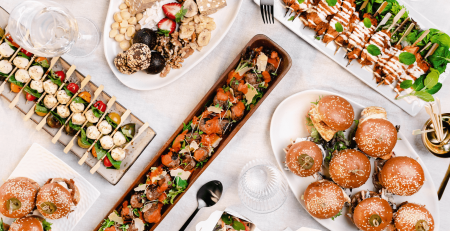
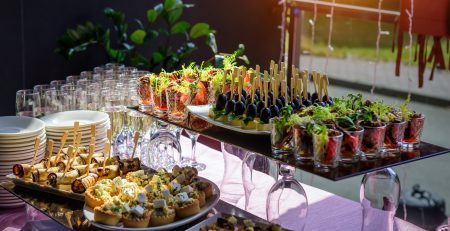
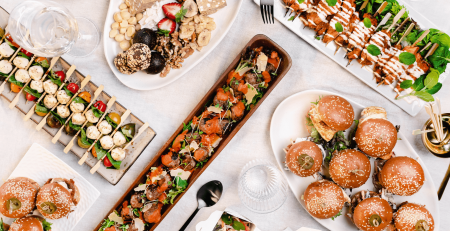

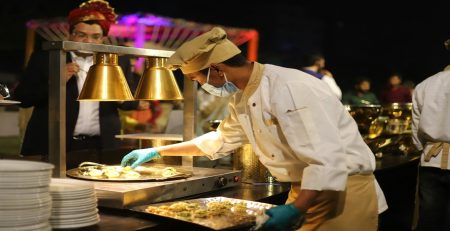
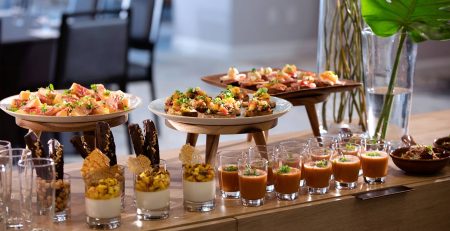





Leave a Reply